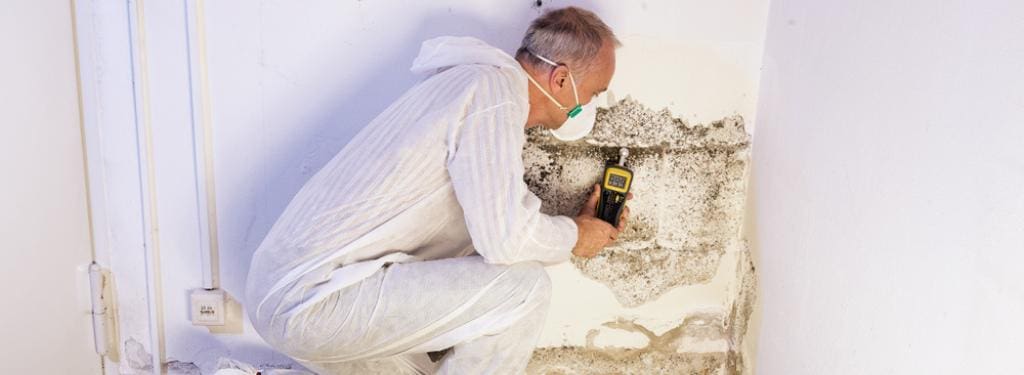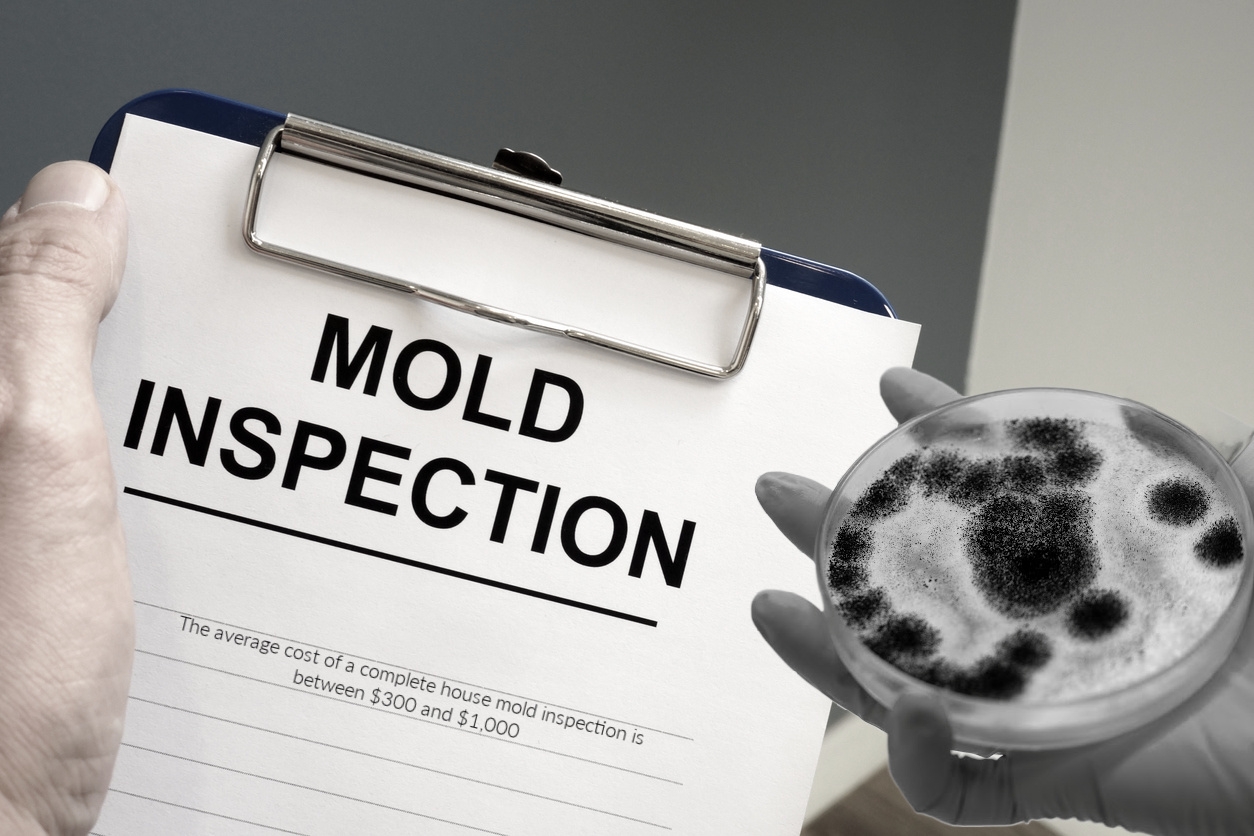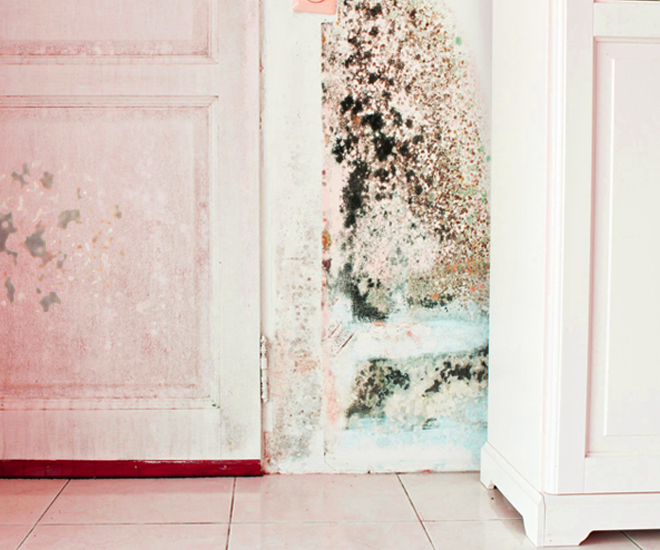Finding Post Remediation Inspection Near Me Providers
Finding Post Remediation Inspection Near Me Providers
Blog Article
Your Ultimate Overview to Post Mold Remediation Methods
In the results of mold and mildew invasion, recognizing exactly how to properly get rid of the mold and prevent its reoccurrence is extremely important for maintaining a healthy and balanced indoor atmosphere. From picking the right cleaning and disinfecting methods to carrying out strategies for long-lasting mold avoidance, each step in the remediation journey plays a critical role in making certain an effective result.
Understanding Post-Mold Remediation Process
After finishing the mold remediation procedure, it is crucial to recognize the post-mold remediation techniques that are needed to ensure a reliable and complete cleanup. Once the mold has been removed, the next action entails cleansing and sanitizing the impacted locations to avoid any type of regrowth of mold. This consists of using specialized cleansing representatives to wipe down surface areas and kill any continuing to be mold spores. It is necessary to dry the location completely to inhibit the growth of mold and mildew in the future (After mold remediation). Correct air flow and dehumidification can assist in this procedure.
Additionally, performing a final inspection post-remediation is crucial to make certain that all mold and mildew has actually been effectively removed. This evaluation should include a comprehensive visual check along with potentially air sampling to verify the absence of mold and mildew spores in the air. If the assessment reveals any type of sticking around mold and mildew, added removal might be required. Lastly, enlightening residents on preventative actions such as controlling wetness degrees and promptly addressing any kind of water leakages can aid keep a mold-free environment.
Reliable Cleaning and Sanitizing Techniques

Preventing Future Mold Development

Importance of Proper Air Flow
Appropriate air flow plays an essential function in avoiding wetness buildup, a vital consider mold and mildew development within indoor environments. Efficient ventilation systems aid get rid of excess moisture from the air, reducing the possibilities of mold and mildew spores locating the moisture they require to germinate and spread. Without ample air flow, interior areas can come to be a breeding ground for mold and mildew, causing potential wellness threats and structural damages.
By making certain correct air blood circulation, air flow systems can also assist in drying out damp areas a lot more quickly after water damage or flooding events, even more hindering mold growth. testing air quality after mold remediation. In areas like washrooms, attic rooms, kitchen areas, and basements where moisture levels have a tendency to important site be greater, mounting and keeping efficient ventilation systems is important in avoiding mold infestations

Tracking and Upkeep Tips
Given the crucial role that appropriate air flow plays in protecting against mold development, it is important to develop reliable tracking and upkeep ideas to make certain the continued performance of ventilation systems. Routine inspections of air flow systems ought to be conducted to look for any kind of indicators of obstructions, leakages, or malfunctions that can impede appropriate airflow. Monitoring moisture levels within the property is likewise essential, as high humidity can add to mold and mildew growth. Installing a hygrometer can aid track moisture degrees and sharp property owners to any type of spikes that might require attention. Additionally, guaranteeing that air filters are on a regular basis cleaned up or replaced is necessary for keeping the effectiveness of the ventilation system. Applying a schedule for regular upkeep jobs, such as duct cleaning and cooling and heating system assessments, can aid avoid problems before they intensify. By staying aggressive and attentive to the condition of ventilation systems, home proprietors can successfully minimize the threat of mold regrowth and maintain a healthy and balanced indoor environment.
Conclusion
Finally, post-mold removal techniques are essential for making certain a risk-free and tidy environment. Recognizing the procedure, implementing reliable cleaning and sanitizing explanation techniques, stopping future mold and mildew growth, keeping correct ventilation, and normal surveillance are all important steps in the remediation procedure. By complying with these standards, you can successfully get rid of mold and avoid its return, working or promoting a healthy and balanced living space for all passengers.
In the after-effects of mold infestation, recognizing just how to properly eliminate the mold and prevent its reoccurrence is extremely important for maintaining a healthy and balanced interior atmosphere. When the mold has been gotten rid of, the following step includes cleaning and sanitizing the affected locations to stop any kind of regrowth of mold and mildew - Post Remediation verification. After getting rid of noticeable mold and mildew development, it is critical to cleanse all surfaces in the affected area to eliminate any remaining mold and mildew spores. To further boost mold and mildew prevention procedures, it is important to deal with underlying problems that initially led to mold and mildew growth.Provided the essential duty that correct air flow plays in preventing mold and mildew growth, it is imperative to develop reliable tracking and maintenance tips to guarantee the ongoing functionality of ventilation systems
Report this page